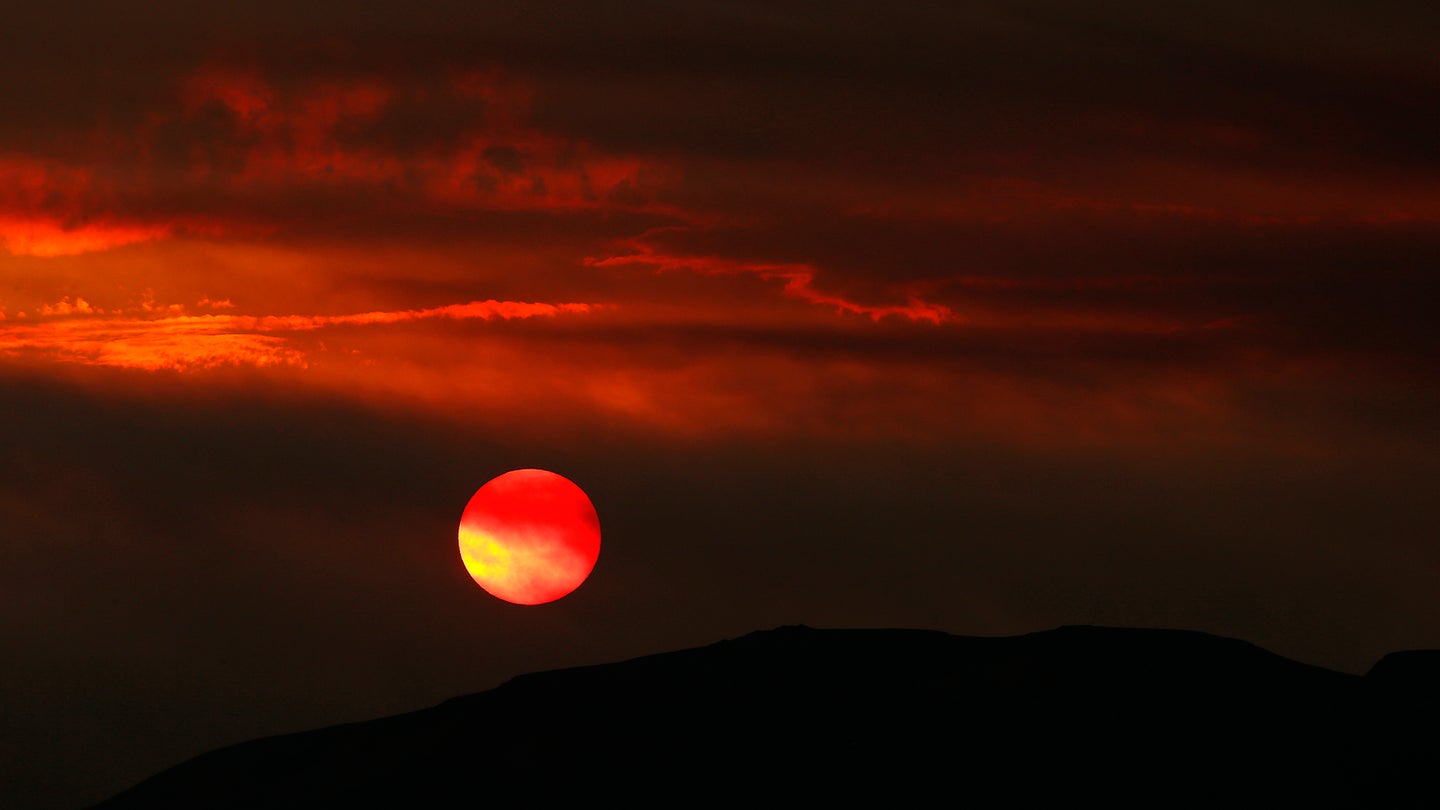Wildfires are thawing the tundra
Researchers discovered recently burned areas emit more methane gas than the rest of the landscape.

This article was originally featured on High Country News.
Chunks of carbon-rich frozen soil, or permafrost, undergird much of the Arctic tundra. This perpetually frozen layer sequesters carbon from the atmosphere, sometimes storing it for tens of thousands of years beneath the boggy ground.
The frozen soil is insulated by a cool wet blanket of plant litter, moss and peat. But if that blanket is incinerated by a tundra wildfire, the permafrost becomes vulnerable to thawing. And when permafrost thaws, it releases the ancient carbon, which microbes in the soil then convert into methane — a potent greenhouse gas whose release contributes to climate change and the radical reshaping of Northern latitudes across the globe.
Research published last month in Environmental Research Letters, a scientific journal, found that methane hot spots on the tundra are more likely to be found in places where wildfires burned recently. The study focused on Alaska’s largest river delta, the Yukon-Kuskokwim, an area previously identified as emitting large amounts of methane.
A team of scientists with NASA’s ABoVE project (Arctic-Boreal Vulnerability Experiment), which studies environmental change in Alaska and Western Canada, were curious about the cause of those methane hot spots, which were observed using aerial surveys in 2018. So lead author Elizabeth Yoseph, an intern at the time, overlaid maps of those areas with recent fire activity.
Her team found that the hot spots were almost 30 percent more likely to occur in areas that had experienced wildfire in the last 50 years than in unburned areas, a likelihood that jumped to nearly 90% if the fire’s perimeters touched water. Recently burned wetlands with especially carbon-rich soil had the highest ratio of hot spots. “Fires are an important influence on increasing emissions,” Yoseph said.
The large-scale findings, which cover almost 700 square miles in Alaska, help complement field measurements, said Merritt Turetsky, an ecologist at the University of Colorado Boulder, who was not involved in the research. “We really do need that glue between what’s happening on the ground and what we can detect from satellite images,” she said. The aerial surveys help scientists understand the vast tundra, where field research is limited by road networks that tend to avoid marshy terrain.
The effects of thawing permafrost spread far beyond the Far North. Wildfire’s impact on frozen permafrost propels a climate feedback loop: Wildfires release methane, which accelerates climate change, which causes more frequent wildfires—and repeat.
Tundra fires are still relatively rare but are expected to increase due to warming temperatures and more lightning activity. Some projections indicate that wildfires in the Yukon-Kuskokwim Delta could quadruple by the end of the century. Without tall trees for flames to climb, tundra fires tend to creep slowly on the ground, smoldering for months, and sometimes even going underground, only to re-emerge later.
Given the amount of carbon frozen beneath the Arctic soil, the potential consequences are enormous. Arctic permafrost is a vast repository, storing an estimated 1,700 billion metric tons of carbon. That’s over 50 times more than all the carbon released as global fossil fuel emissions in 2019.
“We all need to get invested in these big episodic releases of greenhouse gases if we want to bring our climate future under some kind of certainty,” Turetsky said. Evidence suggests that the tundra is transforming from a carbon sink into a carbon (and methane) source. “Wildfires are certainly not helping,” she said. “That’s a big deal. It’s a tipping point.”